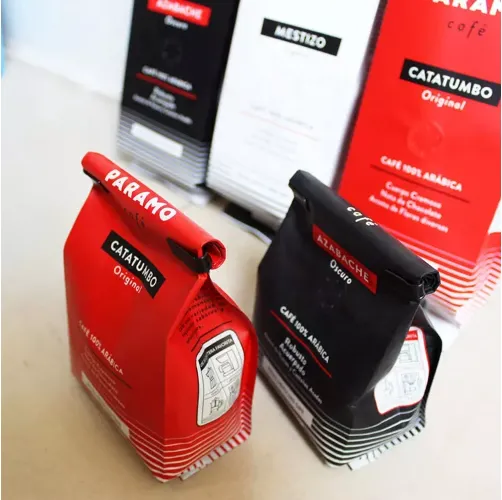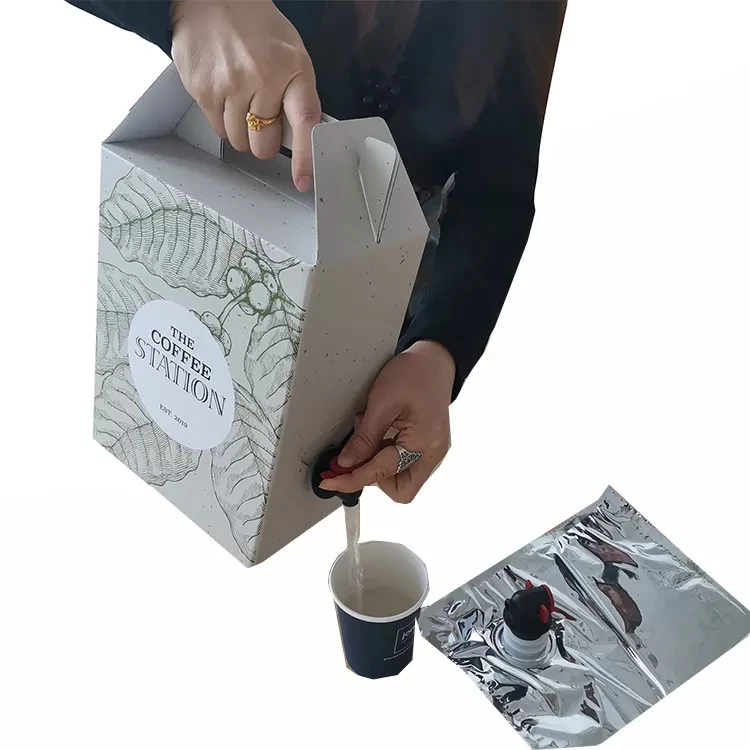- Afrikaans
- Albanian
- Amharic
- Arabic
- Armenian
- Azerbaijani
- Basque
- Belarusian
- Bengali
- Bosnian
- Bulgarian
- Catalan
- Cebuano
- chinese_simplified
- chinese_traditional
- Corsican
- Croatian
- Czech
- Danish
- Dutch
- English
- Esperanto
- Estonian
- Finnish
- French
- Frisian
- Galician
- Georgian
- German
- Greek
- Gujarati
- haitian_creole
- hausa
- hawaiian
- Hebrew
- Hindi
- Miao
- Hungarian
- Icelandic
- igbo
- Indonesian
- irish
- Italian
- Japanese
- Javanese
- Kannada
- kazakh
- Khmer
- Rwandese
- Korean
- Kurdish
- Kyrgyz
- Lao
- Latin
- Latvian
- Lithuanian
- Luxembourgish
- Macedonian
- Malgashi
- Malay
- Malayalam
- Maltese
- Maori
- Marathi
- Mongolian
- Myanmar
- Nepali
- Norwegian
- Norwegian
- Occitan
- Pashto
- Persian
- Polish
- Portuguese
- Punjabi
- Romanian
- Russian
- Samoan
- scottish-gaelic
- Serbian
- Sesotho
- Shona
- Sindhi
- Sinhala
- Slovak
- Slovenian
- Somali
- Spanish
- Sundanese
- Swahili
- Swedish
- Tagalog
- Tajik
- Tamil
- Tatar
- Telugu
- Thai
- Turkish
- Turkmen
- Ukrainian
- Urdu
- Uighur
- Uzbek
- Vietnamese
- Welsh
- Bantu
- Yiddish
- Yoruba
- Zulu
Sustainable Recyclable Product Packaging Eco-Friendly Solutions
- Introduction to Recyclable Product Packaging
- Data-Driven Impact of Sustainable Packaging
- Technical Advantages Over Traditional Materials
- Competitive Analysis of Leading Manufacturers
- Custom Solutions for Diverse Industries
- Real-World Applications and Success Stories
- Future Trends in Biodegradable Packaging

(recyclable product packaging)
Why Recyclable Product Packaging Is Redefining Brand Loyalty
Consumer demand for eco-conscious solutions has surged, with 68% of global shoppers prioritizing brands that adopt recyclable product packaging
. Beyond environmental benefits, packaging now serves as a silent ambassador for brand ethics. A 2023 Nielsen study revealed that 54% of buyers pay premium prices for items packaged in materials aligning with their values, proving that sustainability directly influences purchasing decisions.
The Environmental and Economic Imperative
Annual plastic waste exceeds 350 million metric tons, while only 9% gets recycled. Transitioning to recyclable alternatives could reduce landfill contributions by 42% within five years. Post-industrial recycled (PIR) materials demonstrate 30% lower carbon footprints compared to virgin plastics, with manufacturing costs decreasing by 18% as adoption scales.
Breakthroughs in Material Science
Next-gen polymers like enzymatically degradable PBAT and marine-safe PHA resins achieve 94% biodegradation within 180 days under industrial composting conditions. Barrier-coated paper solutions now match conventional plastic's moisture resistance (WVTR ≤5 g/m²/day) while being fully recyclable. These innovations maintain product integrity across 12-month shelf-life requirements.
| Manufacturer | Material Tech | Recycle Rate | Cost Premium | Certifications |
|---|---|---|---|---|
| EcoFlex Solutions | PLA-PHA Hybrid | 98% | 22% | ASTM D6400, EN 13432 |
| GreenPack Industries | Mushroom Mycelium | 100% | 35% | Cradle-to-Cradle Gold |
| PolyRenew Inc. | Ocean Plastic PCR | 89% | 15% | OCS, GRS |
Tailored Packaging Architectures
Modular designs now enable:
- Pharma: Child-resistant PCR tubes with 30% lighter secondary packaging
- Cosmetics: Airless pump bottles using 60% post-consumer resin
- Food Service: Home-compostable barrier films with 180-day degradation
Industry-Specific Implementations
Electronics giant Siemens reduced shipping damages by 27% using molded pulp from agricultural waste. Beverage startup AquaCraft eliminated 12 metric tons of plastic annually through plant-based cap-and-pouch systems. These cases prove scalability across sectors.
How Biodegradable Packaging Aligns With Circular Economies
Advanced composting infrastructure now processes 18 million tons of packaging waste annually, creating closed-loop systems. Brands adopting recyclable and biodegradable packaging report 41% higher customer retention rates, cementing sustainability as both ecological necessity and market differentiator.

(recyclable product packaging)
FAQS on recyclable product packaging
Q: Why is recyclable product packaging important for brands?
A: Recyclable product packaging reduces environmental impact and aligns with consumer demand for sustainability. It enhances brand reputation by showcasing eco-conscious values. Proper recycling messaging can also strengthen customer loyalty.
Q: How does recyclable and biodegradable packaging influence product messaging?
A: Eco-friendly packaging communicates a commitment to environmental responsibility, appealing to conscious consumers. It differentiates products in competitive markets and reinforces brand ethics. Clear labeling amplifies trust and transparency.
Q: What are the key differences between recyclable and biodegradable packaging?
A: Recyclable packaging is reprocessed into new materials, while biodegradable options break down naturally. Both reduce waste but require specific disposal conditions. Choosing depends on infrastructure and environmental goals.
Q: What challenges exist in designing recyclable product packaging?
A: Balancing durability with recyclability often limits material choices. Costs and compatibility with recycling systems vary regionally. Clear instructions are critical to ensure proper consumer disposal.
Q: Can recyclable packaging improve a product's market appeal?
A: Yes, 67% of consumers prioritize sustainable packaging when purchasing. Eco-friendly designs attract environmentally aware demographics. Highlighting recyclability on labels can directly boost sales and engagement.













